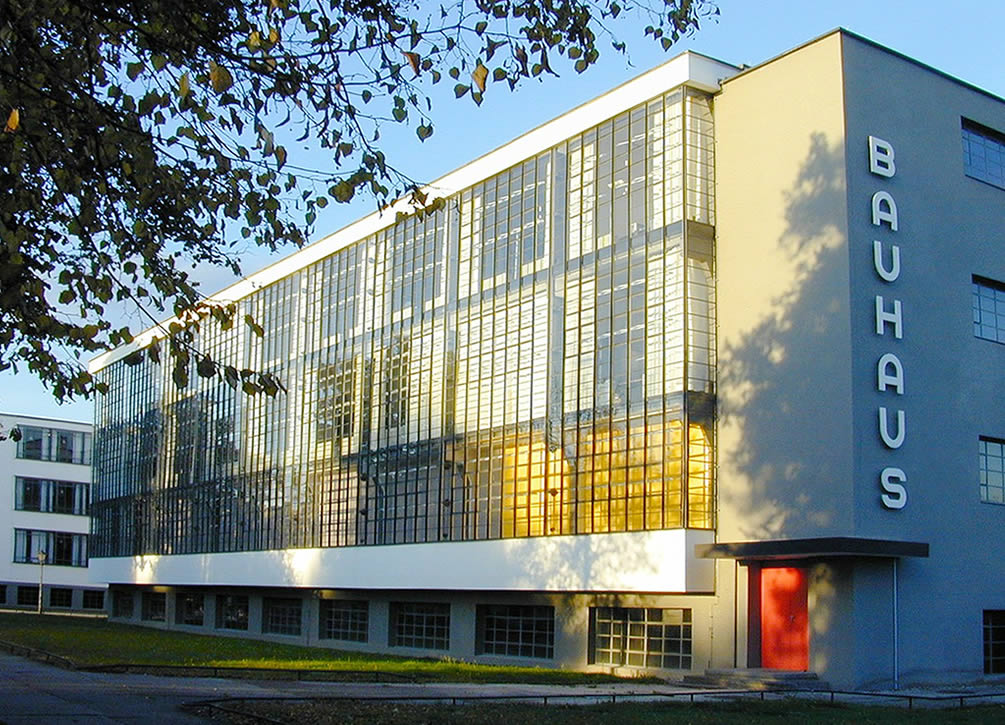During 2019, destinations all across Germany will celebrate the 100th anniversary of the founding of the Bauhaus – Germany’s highly influential art, design and architecture school. The Staatliches Bauhaus (more commonly known simply as the Bauhaus) was founded in Weimar by architect Walter Gropius during 1919. The Bauhaus was later moved to Dessau, and subsequently, to Berlin.
Although the Bauhaus remained open for less than two decades, its influence on the art, design and architecture of the 20th century, and beyond, has been profound. Essential elements of the Bauhaus style include simple, functional design and a minimalistic approach. Architect Mies van der Rohe, one of the school’s founders, summed up this approach as, “Less is more”.
Some of the better-known artists and designers associated with the Bauhaus include: Anni Albers, Josef Albers, Herbert Bayer, Peter Behrens, Max Bill, Marianne Brandt, Marcel Breuer, Andreas Feininger, Lyonel Feininger, Walter Gropius, Johannes Itten, Vasily Kandinsky, Paul Klee, Ludwig Mies van der Rohe, Laszlo Moholy-Nagy, Lilly Reich and Gunta Stölzl.
Today, the innovative steel-and-glass Bauhaus building in Dessau, and some associated buildings, are open to the public. The Bauhaus campus is a UNESCO World Heritage site.
Bauhaus-inspired buildings can be found in many locations across the globe. In New York City, some of the most famous buildings influenced by the Bauhaus include: the Seagram Building by Mies van der Rohe; the Met Life (formerly Pan Am) building by Walter Gropius; and, the Whitney Museum (now known as the Met Breuer) by Marcel Breuer.
For more information about the Bauhaus and related 100th anniversary events, visit their official site at: https://www.bauhaus-dessau.de/en/index.html
▸ Photo by Michael “Tegula” on Pixabay.com
